Don’t Watch YouTube, Go Hit Balls
At the Nexus Cup at Liberty National Tiger Woods was asked what his number one advice would be for amateur golfers. “Don’t watch f—— YouTube,” he said, “go hit balls.” “Just beat balls?” Someone asked, “Beat balls,” Tiger replied.

“Don’t Watch YouTube”
These two tips are extremely relevant for people trying to get better at golf today. As a coach, many of my students will randomly start working on something in their swing that they saw on YouTube, and nearly every time that thing is contributing to their big miss. A student who hooks the ball will be trying to lower their hands in transition, or have a more bowed wrist at the top of the swing because of something they saw on YouTube or Instagram, two things that will directly influence the ball to go further left. A different student will be trying to use their legs and “use the ground,” only they don’t know exactly what they’re doing and end up dipping down and it’s leading to them chunking every shot.
I’m not sure how much time Tiger spends on the lesson tee with amateur golfers, but I can relate to his frustration with learning golf through YouTube. I wouldn’t be as dismissive of it as he sounded, as the people who are learning on YouTube are usually eager learners who love golf and want to learn as much about it as possible. The problem is that YouTube is often not the best tool for this as the most popular videos are often selling the quickest and easiest fixes for problems that are more complicated than that.
Everyone is looking for the quick fix, or the swing thought that will finally unlock their game for them. Unfortunately they are searching for something that doesn’t exist. So rather than “Don’t watch f—— YouTube,” I wonder if “Stop looking for quick fixes,” is a more helpful tip.
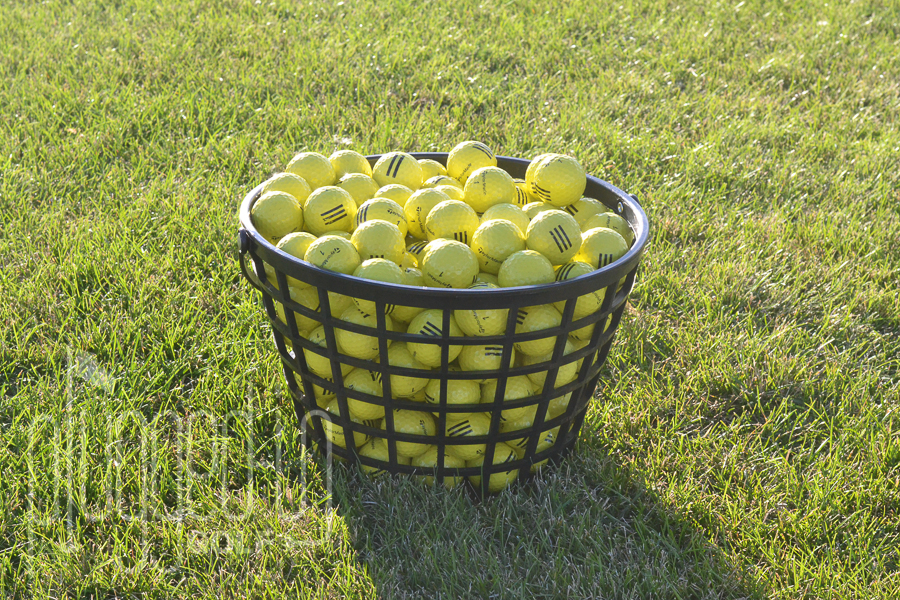
“Go Hit Balls”
Tiger’s second tip, “Go hit balls,” is my favorite, but it definitely needs further explanation. Every day I’m able to observe the average golfers on the driving range hitting balls, and it is not a pretty sight, and it does not lead to very much improvement. The most common way people hit balls is a rapid fire approach where they keep hitting and hoping until they hit a good shot, and then eventually they get in a groove and start hitting it better. They’re not getting better at golf, they’re getting better at hitting a good 7 iron on their 50th try, which I suppose if that’s what you’re going for, who am I to stand in your way.
If you’ve ever watched Tiger warm up before a tournament, or read about his practice sessions, you’ll know that this is not how Tiger hits balls. He goes slow in between shots. He’ll often take a break to think about something, hit one shot, then take another break. There is no rapid fire. He’s learning, listening, searching, and becoming more aware of what’s going on.
There’s a common refrain among instructors that the students just don’t know how to practice, and don’t use their time well. This leads us to create drills, training aids, or detailed practice plans, that will hopefully help the average golfer when they are left to their own devices. Most instructors would agree that doing specific drills is a better use of your time than “beating balls.” That’s why I love Tiger’s answer, it goes against the grain of what most instructors agree on.
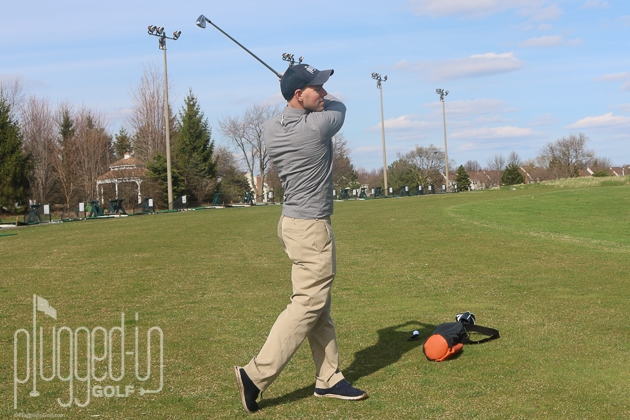
How To Figure Things Out On Your Own
Reading between the lines, I think Tiger’s responses go hand in hand. “Don’t watch f—– YouTube, go hit balls,” could be translated as “Stop looking for quick fixes, try to figure some things out on your own.” This is great advice, as it puts ownership back on the student, and empowers them to find their own answers. As a coach I am very intentional in avoiding giving quick fixes, and instead leading the student in a way where they are developing more awareness and understanding about themselves and the club, so they can solve problems and be able to coach themselves.
Next time you hit balls, use it as a time to try to figure some things out on your own. Here are three things that everyone could work on:
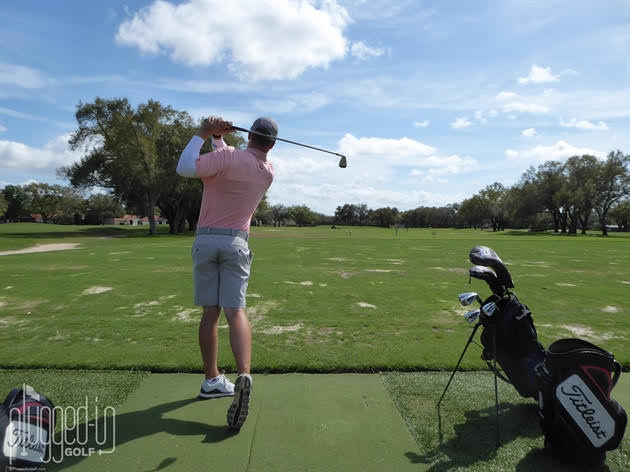
Figuring Out Direction
As you hit balls, notice which way the ball is missing. If it’s missing right, then simply try to hit a ball left. Tee the ball up if you have to so you can just focus on controlling the ball’s direction. You can aim your feet, use your wrists, mess around with how you’re turning, it doesn’t matter. Try to figure out how to make it go left. If you’re having trouble, go down to as small of a swing as needed to make the ball go left, even if it’s going down to putting stroke! Once you make some go left with that swing, start to build it up bigger and bigger until you are back to your full swing. Once you can make the full swing go left, then see if you can alternate between hitting a ball left, then right, then straight.
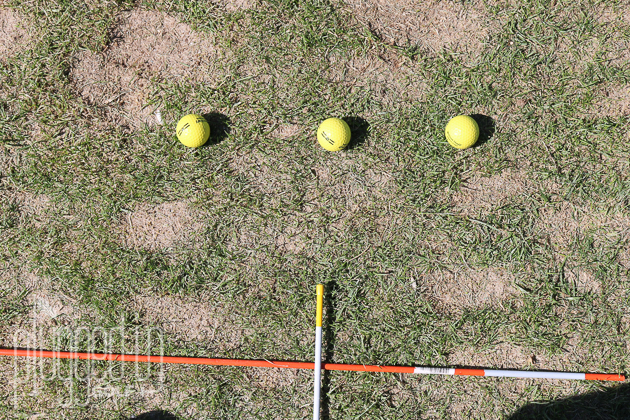
Figuring Out Ground Contact
Do you struggle with a thin miss or chunking? If you keep chunking, try to hit a ball thin. Top it if you have to! Then alternate between intentionally thin shots and solid shots. Once you’ve done this for a while, go back to your normal swings. These exercises won’t be a magic cure to your problems, but what they are doing is helping you be more aware of what’s going on with the club in your swing, and helping you get better at controlling where that club is at impact, which is the most important thing.
Figuring Out Tension and Balance
Have you ever paid attention to your tension before? What’s your grip pressure on a scale of 1-10? Is there tension in your arms as you set up? Does your tension level stay consistent throughout your entire swing? Once you get out onto the course your tension level will unintentionally increase, so start paying attention to it in your practice sessions.
Most people have poor balance, and they try to slow things down to improve balance. Instead of defaulting to a slower swing, see if you can notice at what point in your swing you start to lose balance. Usually an unbalanced finish is a symptom of something that occurred earlier in the swing.
The Takeaway
I know telling people to practice in this way won’t lead to a viral YouTube video because this isn’t promising quick fixes or ways to magically cure your ball striking. What it is doing is giving you time to experiment, explore, ask questions, pay attention to what’s going on, and overall increase your awareness. This is the most valuable way you could be spending your time when practicing. Instead of always trying out the latest trend in golf instruction, you’ll grow in your own understanding of the golf swing and will develop the awareness necessary to know what it takes for you to play your best golf.
- Golf Is Not a Journey - March 19, 2024
- The Offseason Guide to an Optimal Golf Experience - February 27, 2024
- A Nice Place for Golf - February 13, 2024



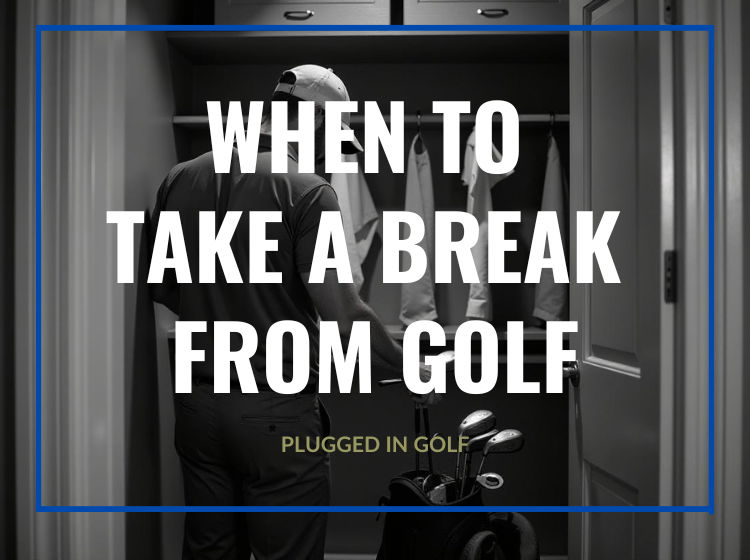
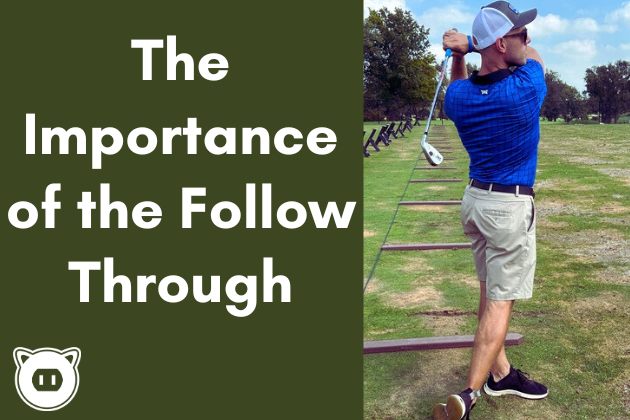
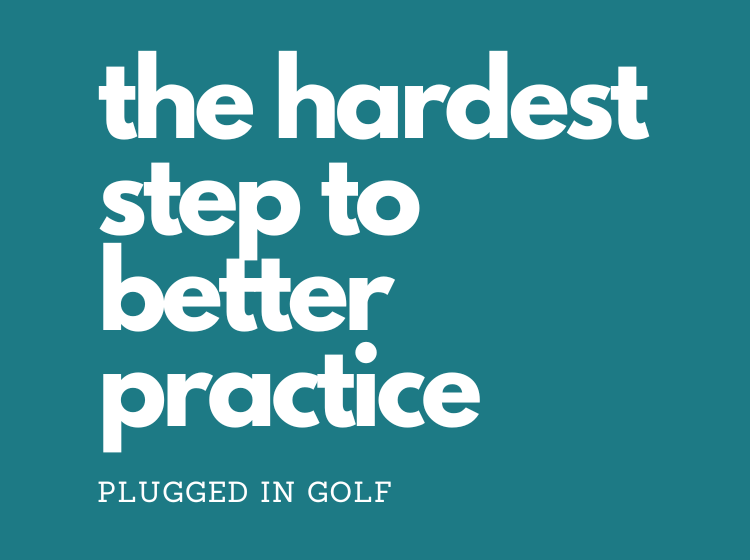









13 Comments
Really good article. Those 5-10 minute YouTube videos are just that, attempted quick fixes. Maybe you pick up a little something from one but I doubt any 1 video will magically improve your swing. I currently take lessons & based on my current swing, my instructor is making wholesale changes. For me, it’s not a matter of just dropping the hands or putting your elbow in a certain position on the downswing. One has to look at the entire sequence of your swing .
As far as beating balls, fully agree with your comments based what I see at the range. I’m amazed when I go to the range w/ friends & they’ve hit a quarter of their large bucket before I’ve even finished stretching/warm-up! I further laugh when I see they immediately grab their driver & then, while still “cold”, start banging away at balls. I always go to the range with the specific purpose & rarely will hit more than a medium bucket. Also, as one gets older, beating buckets of balls isn’t optimum on the body.
Great article, and comment. I’m 74, was away from golf for twenty years and am working my way back in this game. I’ve found myself doing some of these bad habits, but with several friends and my son, they have helped with my setup and swing. No, they’re not pros, but they’ve helped me remember things I had forgotten. It’s a process, and is showing progress. And with being a senior golfer, age does have It’s hurdles. I know I can’t hit like I did when younger. Club selection has, to say the least, has been interesting. I’m feeling good and will continue to work on my game.
As a 70 year old who wasn’t able to afford a coach when younger, I developed many bad swing habits. You Tube has been great for me, not as a quick fix but as a thorough investigation of the golf swing as presented by several excellent teachers. I have gained a good understanding of the basics in an affordable way.
A hitting mat and net in the garage has also been a great help. It allows me to do those “short swings” then build up on a daily basis.
Sounds like you’re on the right path! Using YouTube to develop your understanding and then working it out yourself is a great way to use it!
Excellent article!!
Thanks for reading!
Nice article. A big problem with youtube advice is that a lot of it is contradictory, both with other youtube advice and also likely from what your golf instructor is trying to teach you. If you don’t have an instructor, maybe go talk to a few first before diving into youtube videos?
I get the DIY impulse. Youtube videos are great for learning lots of skills, so why not golf too? And golf instructors’ time is expensive. Youtube’s cheaper.
The problem is, the golf swing is actually really complicated. Compared to say, replacing a bathroom faucet. You also can’t see yourself swinging and—as Matt’s pointed out here—videoing your swing is a poor substitute.
Finally, time is a cost. Bad habits once started, are really hard and take a really long time to undo. So find an instructor you can talk to, get some foundations set, and then build off those through that learning through hitting that Tiger was talking about.
Read the book that tiger rode on how I play the game reading about striking about where to hit it and sometimes much better than looking at it in a video understanding how the club has to hit the ball is more important than seeing someone do it. I dropped for strokes on my handicap after reading that book understanding how to play and understanding how to practice is the key to this game
I learned a lot from YouTube videos, but my progress is not that steady I would like. The advice of hitting balls is great and I would love to hire a teacher. Right now I have no idea where I am on my golf. I feel confident until I get to the first tee.
I’m 71 years old. 14 handicap. Have watched to many YouTube videos that caused more golf swing troubles and ballooning scores. Then wisely decided to pay for 4 lessons with a good PGA instructor. Out on the course I’m using what he teaches me. I shot just 8 over par yesterday.
Glad you’ve found success with lessons! It’s definitely helpful to have specific information to your swing.
Being an Old Guy who is a Legend in his Own Mind; I do not like being beat by the Young Guns who hit it Straight & Farrrr!! So ‘have learned” Short Game counts so am spending a lot more time & effort practising “Short Game!!” including Bunker Play & Putting. In fact; can’t wait to practise my “Shot Game” as know it keep’s the wheels turning!!
Love it. Most courses around where I live are 9 hole courses with no range. Most of the time my practice is on the course, playing a loop of holes hitting several balls per shot. If my ball striking needs work I play until I get on the green then go to the next hole. #DoubleSecret